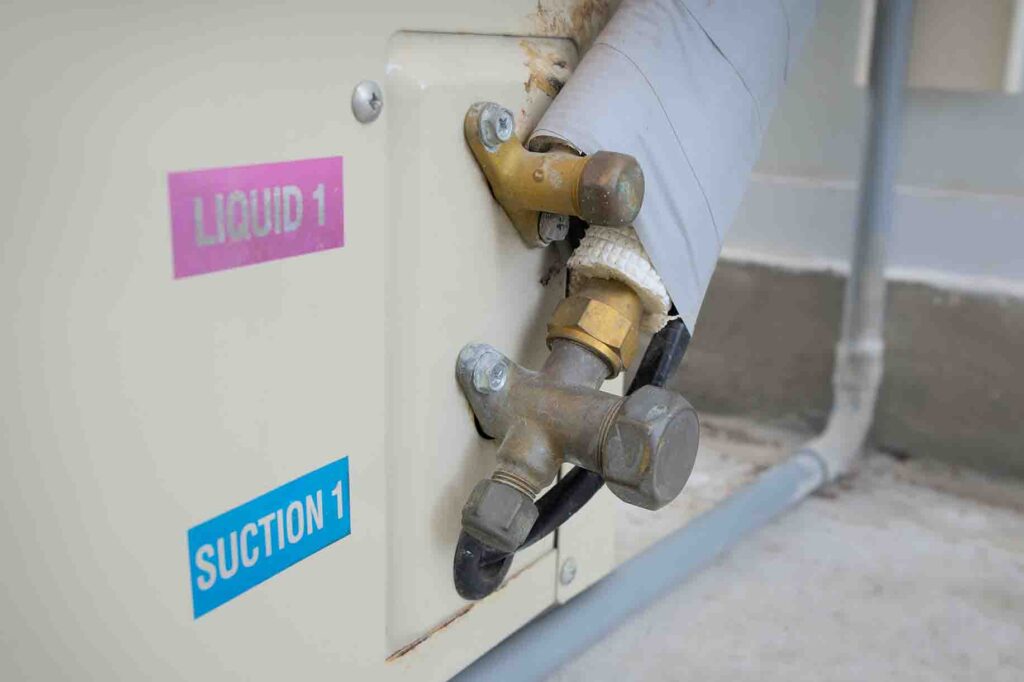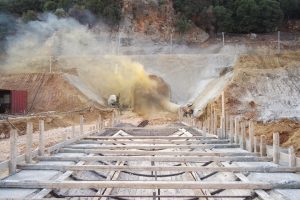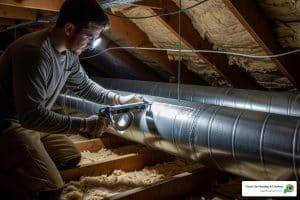Ah, the air conditioner – that humming hero of the summer months. It transforms sweltering days into oases of comfort, but have you ever wondered, how does an air conditioner work? Let’s peel back the curtain and reveal the science behind the cool!
Be sure to check out Clean Air’s installation services for the most efficient air conditioning in the Bellingham area!
The Science Of Cooling
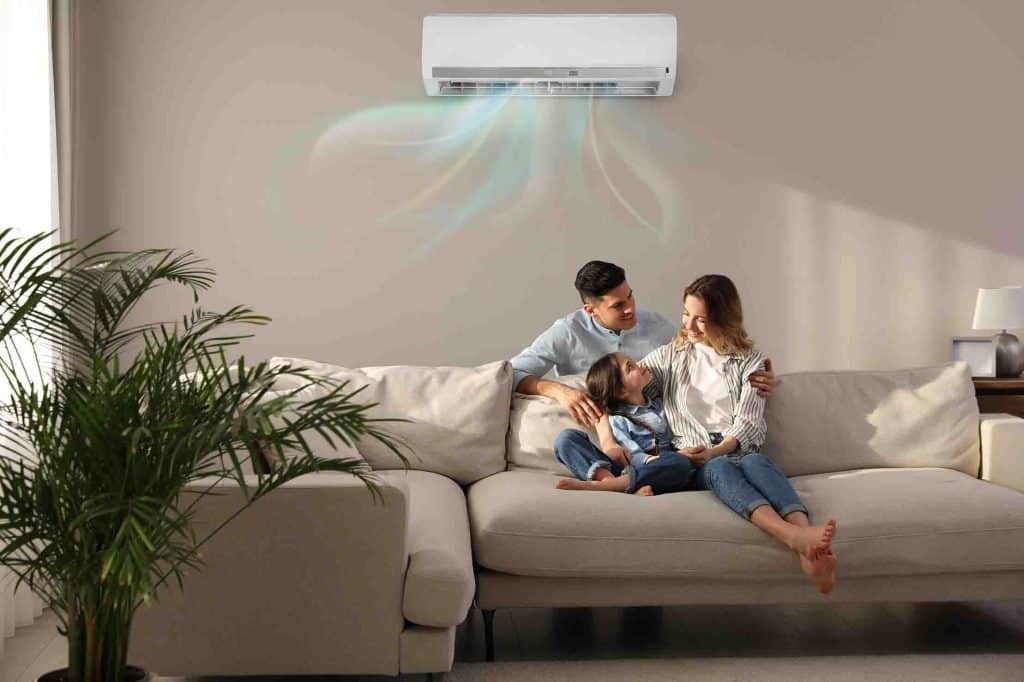
HVAC units operate on a fundamental principle of physics: heat transfer. They essentially extract heat from the warm indoor air and dump it outside. This might seem counterintuitive, but it’s all thanks to a special refrigerant substance.
The Refrigerant's Journey
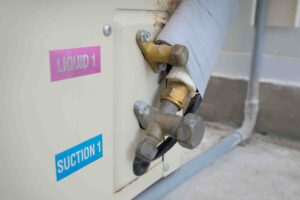
- Evaporator: The refrigerant, in a liquid state, enters the evaporator coil located inside your home. This coil is filled with cool air drawn in by a fan. As the refrigerant absorbs heat from the air, it evaporates into a gas.
- Compressor: The now-gas refrigerant gets sucked into the compressor, which increases its pressure and temperature. Imagine squeezing a balloon – the pressure and heat inside rise!
- Condenser: The hot, high-pressure gas travels to the condenser coil located outside your home. This coil is exposed to the cooler outdoor air. As the refrigerant releases its heat to the outside air, it condenses back into a liquid.
- Expansion Valve: The condensed refrigerant then flows through the expansion valve, which reduces its pressure and temperature. It’s like letting air out of a tire – the pressure and temperature drop.
- Repeat: The cool, low-pressure refrigerant is ready to start the cycle again, returning to the evaporator to absorb more heat from your indoor air.
Additional Features
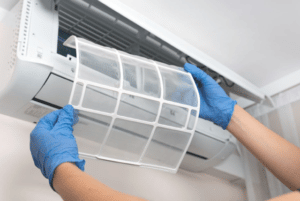
The cooling cycle detailed above wouldn’t be possible without some key features:
- Fans: The indoor fan pulls warm air over the evaporator coil, while the outdoor fan blows cool air over the condenser coil.
- Filters: These capture dust and allergens from the air before it enters the system.
- Thermostat: This brain of the operation controls the temperature by turning the air conditioner on and off when needed.
Modern Upgrades
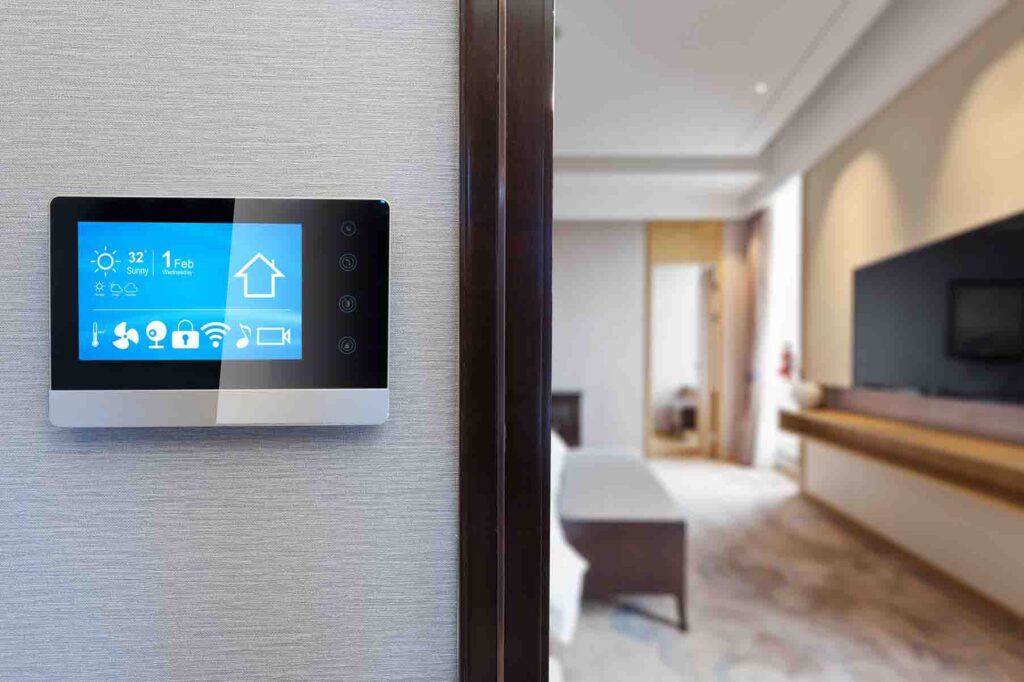
Modern systems come with a range of features to enhance comfort and efficiency:
- Variable-Speed Compressors: These adjust their output based on the cooling demand, reducing energy consumption.
- Multi-Stage Cooling: This allows for gradual cooling, preventing the uncomfortable blast of cold air when the unit kicks in.
- Smart Thermostats: These can be programmed for different schedules and controlled remotely for ultimate convenience.
As we all strive for a more sustainable future, choosing energy-efficient air conditioners and practicing responsible usage is crucial. Look for units with high Energy Star ratings and consider smart thermostats that can optimize cooling based on occupancy and weather conditions.
To Sum It Up
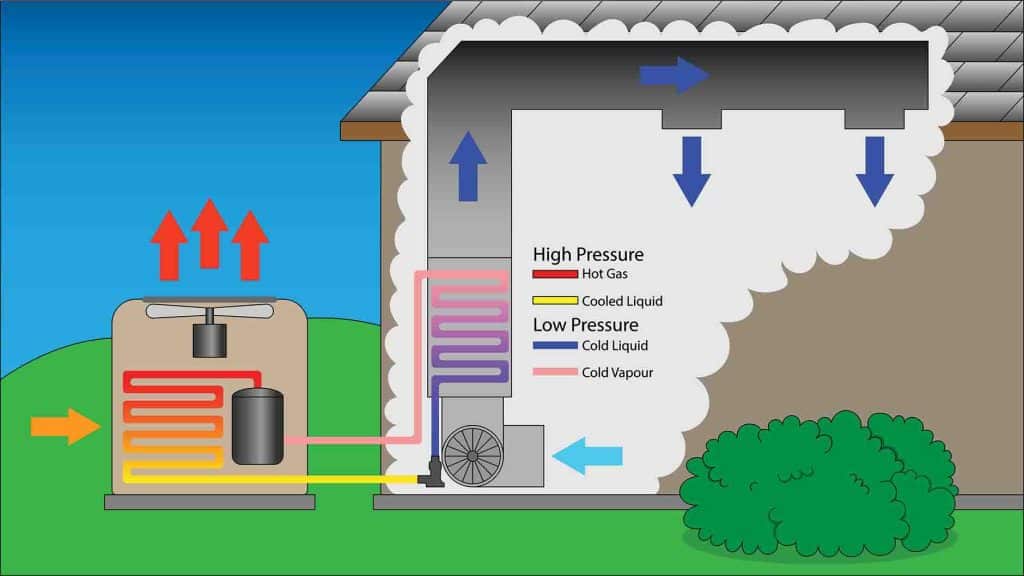
- HVAC systems transfer heat from indoor air to outdoor air using a refrigerant.
- The refrigerant goes through a cycle of evaporation, compression, condensation, and expansion.
- Fans, filters, and thermostats play crucial supporting roles.
- Choose energy-efficient models and practice responsible usage for a sustainable cool.
By understanding how your heating and cooling system works, we can appreciate their role in our comfort and make informed choices for a cooler and greener future. So, the next time you step into a refreshing air-conditioned space, remember the science and technology working behind the scenes to keep you cool!
Experiencing current HVAC concerns that just won’t quit?
Don’t let discomfort linger—reach out to Clean Air Heating & Cooling now! Our seasoned experts are equipped to handle even the most daunting heating and air conditioning challenges. From pesky repairs to comprehensive system overhauls and replacements, we’ve got you covered. Take the first step towards comfort, peace of mind and reliability by giving Clean Air a call today.

